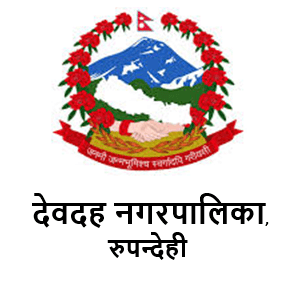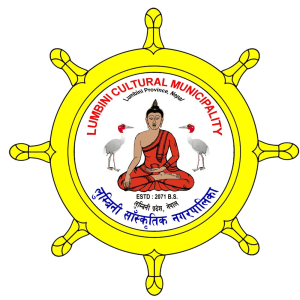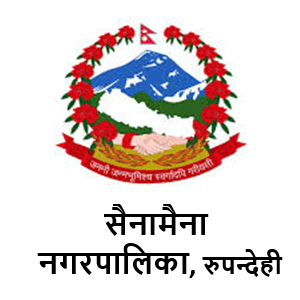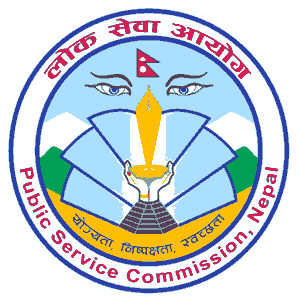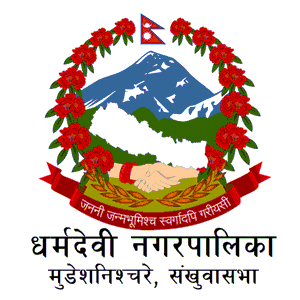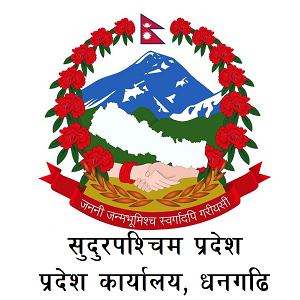Overview

Siddharthanagar Municipality (Siddharthanagar Nagarpalika), located in the southern part of Rupandehi District within Lumbini Province, Nepal, serves as an important administrative hub. Situated at 83º26' east longitude and 27º31' north latitude, the municipality covers an area of 36.03 square kilometers at an altitude of 110 meters above sea level. Known for its tropical climate, Siddharthanagar experiences a wide range of temperatures, with a maximum of 45.20 degrees Celsius and a minimum of 2.40 degrees Celsius, alongside an average annual rainfall of 1436.5 mm.
Short Profile Information
- Location: Southern Rupandehi District, Lumbini Province, Nepal
- Geographical Coordinates: 83º26' E longitude, 27º31' N latitude
- Area: 36.03 sq. km.
- Altitude: 110 meters above sea level
- Climate: Tropical
- Temperature Range: Max 45.20°C, Min 2.40°C
- Average Rainfall: 1436.5 mm
- Population: 76,307 (Male: 38,136, Female: 38,171) as per the 2078 Census
- Population Density: 2,118 per sq. km.
- Households: 12,329
- Wards: 13
Municipality Highlights
Siddharthanagar Municipality is a thriving center for tourism, commerce, and industry, largely due to its proximity to the Nepal-India border. The municipality is named after Siddhartha, the childhood name of Lord Gautam Buddha, reflecting its deep historical and cultural significance. It houses the Gautam Buddha International Airport, Nepal's second international airport, making it a crucial gateway for both domestic and international travelers.
The municipality is a melting pot of diverse cultural traditions, with a population comprising various ethnic groups such as Brahmins, Chhetris, Muslims, Madhesis, Magars, Gurungs, and Newars. Multiple religions, including Hinduism, Islam, and Buddhism, coexist harmoniously here, enriching the cultural fabric of the community.
Siddharthanagar is also known for its well-developed infrastructure, including a robust network of educational institutions and healthcare facilities. The municipality offers a range of local government services, from administrative support to urban planning and environmental conservation, ensuring the well-being of its residents.

Local Government Services of Siddharthanagar Municipality
Siddharthanagar Municipality provides a wide range of services aimed at improving the quality of life for its residents and ensuring efficient governance. As an administrative headquarters in the Rupandehi District of Lumbini Province, the municipality plays a crucial role in local governance and public service delivery. Below are some of the key services offered by the local government of Siddharthanagar Municipality:
1. Administrative Services
- Citizen Registration: Issuance of birth, marriage, death, and migration certificates.
- Citizenship Services: Assistance in obtaining Nepali citizenship and related documentation.
- Social Security: Management and distribution of social security allowances for the elderly, disabled, and vulnerable groups.
2. Infrastructure and Urban Development
- Road and Transport Management: Maintenance and development of roads, bridges, and public transportation facilities.
- Urban Planning: Zoning and land use planning, regulation of building construction, and issuance of building permits.
- Water Supply and Sanitation: Provision of clean drinking water, management of sewage systems, and waste disposal services.
3. Health Services
- Public Health Initiatives: Immunization programs, maternal and child health services, and public health awareness campaigns.
- Primary Healthcare: Access to government hospitals, basic healthcare centers, and health desks for essential medical services.
- Emergency Services: Provision of ambulance services and emergency medical response during crises.
4. Education Services
- School Management: Oversight of community and institutional schools, including infrastructure development and educational quality assurance.
- Scholarship Programs: Distribution of scholarships to deserving students, particularly from marginalized communities.
- Adult Education: Implementation of literacy programs and vocational training for adult learners.
5. Economic Development
- Business Licensing: Issuance of business permits, registration, and renewal of business licenses.
- Market Regulation: Monitoring and regulation of local markets, including pricing control and quality assurance of goods.
- Tourism Promotion: Development of tourism infrastructure and promotion of cultural heritage sites, including those related to Lord Gautam Buddha.
6. Environmental Conservation
- Green Spaces: Development and maintenance of parks, gardens, and recreational areas within the municipality.
- Pollution Control: Initiatives to reduce air, water, and noise pollution through regulatory measures and community engagement.
- Disaster Management: Preparation and implementation of disaster management plans, including flood control and earthquake preparedness.
7. Community Development
- Ward Services: Localized service centers in each ward to address community-specific needs, including dispute resolution and welfare programs.
- Women and Child Services: Programs focused on the empowerment of women and protection of children, including shelter services and legal aid.
- Youth and Sports Development: Promotion of sports and recreational activities, including the development of sports facilities and youth engagement programs.
8. Public Safety and Security
- Law Enforcement Support: Coordination with local police to ensure public safety and enforce law and order.
- Fire Safety Services: Provision of fire safety equipment and fire response teams to handle emergencies.
- Traffic Management: Regulation of vehicular traffic to ensure smooth transportation and reduce accidents.
9. Cultural and Religious Services
- Cultural Preservation: Support for cultural events, festivals, and preservation of historical sites and religious monuments.
- Interfaith Harmony: Promotion of religious harmony through dialogues and community events that bring together diverse religious groups.
10. Information and Communication
- Public Information Dissemination: Regular updates and information sharing through official channels, including websites and notice boards.
- Digital Services: Introduction of e-governance initiatives to facilitate online access to municipal services, including tax payments and service requests.


